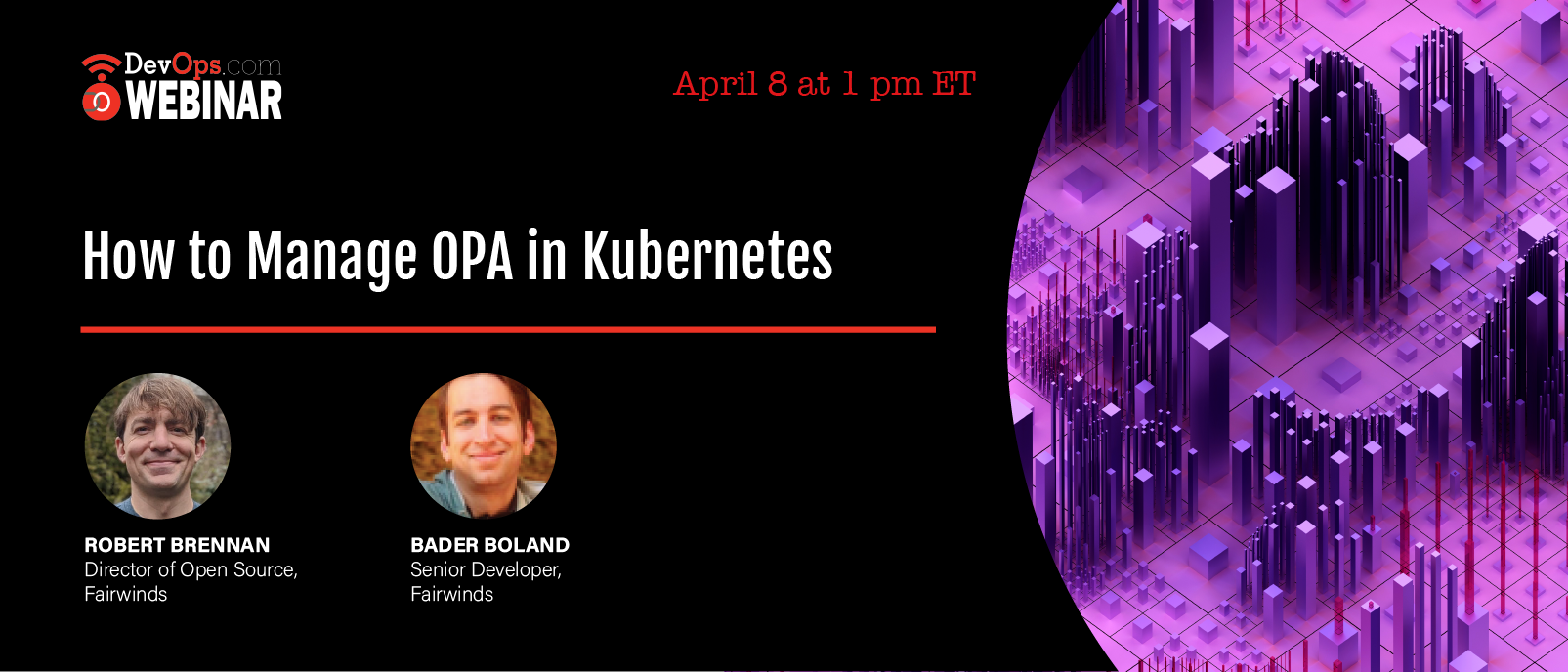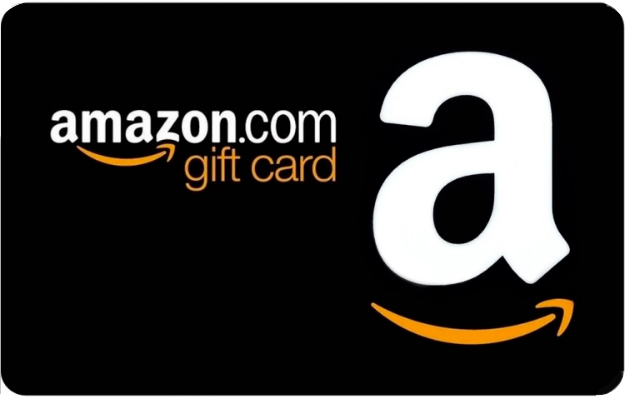Webinar
Think About Your Audience Before Choosing a Webinar Title

Sponsored by fairwinds
What You’ll Learn in This Webinar
The CNCF recently announced the graduation of Open Policy Agent (OPA). OPA is an open source, general-purpose policy engine that enables unified, context-aware policy enforcement across the entire stack. OPA has demonstrated widespread adoption, an open governance process, feature maturity, and a strong commitment to community, sustainability, and inclusivity to graduate.
In a survey of more than 150 organizations, 91% indicated they use OPA in some stage of OPA adoption from QA to production. For engineering leaders, how can they apply the benefits of OPA across multi-clusters and multiple teams consistently?
In this webinar, we look at the benefits of OPA, some sample policies and steps you can take to implement OPA consistently. You’ll learn:
- How to proactively align your Kubernetes clusters with both best practices and internal policies
- How to run OPA at each step in the development and deployment process
- How OPA can bridge the gap between Dev and Ops







